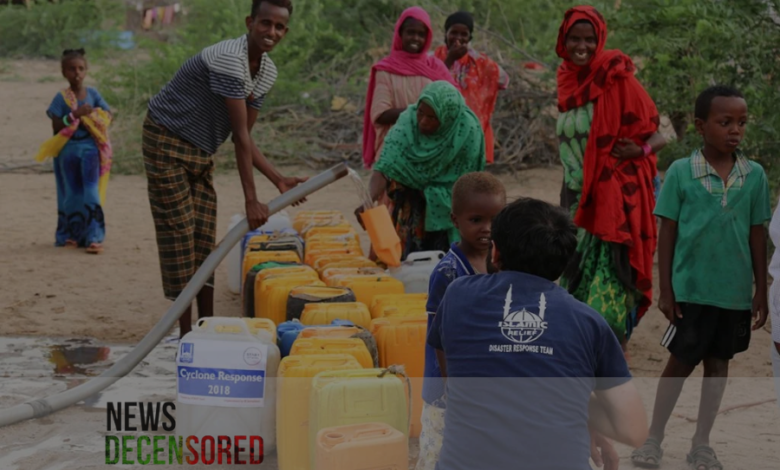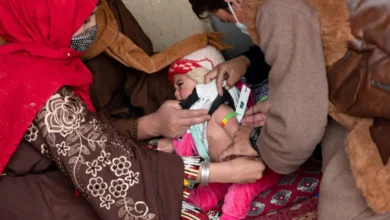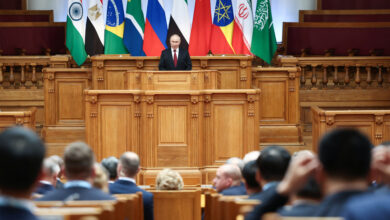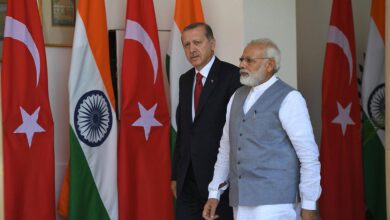The Role of Islamic Charities in Disaster Relief Efforts

The role played by Islamic charities in disaster relief efforts is vast and multi-faceted. They provide critical aid and support in crises anywhere in the world. Justification and guidance for their contribution come from Islamic charity and humanitarianism principles, which have established them as pivotal players in immediate disaster response and long-term recovery and development efforts.
1. Historical and religious background:
The concept of charity is rooted in the faith of Islam. Sadaqah, which translates to voluntary charity, and zakat, or obligatory almsgiving, imply Muslims’ obligations towards those in need. These are religious obligations but also double as moral guideposts that govern the work of Islamic NGOs. The spiritual basis offers them a powerful motivation and framework for disaster response activities.
2. Response in Time:
In this regard, Islamic charities are typically and always among the first to respond to disasters. They rush into the disaster areas with emergency response provisions like food, water, first-aid materials, clothing, and shelter. Organizations like Islamic Relief Worldwide Qatar Red Crescent, among many others, have extensive networks and infrastructure that assist them in rendering effective responses. This is enabled by well-established connections at the local levels and experience of working in diverse and mostly challenging environments.
3. Coordination and Collaboration:
The Islamic charities often coordinate with humanitarian organizations, local and national governments, and international organizations to maximize their relief efforts. They will use established agencies like the United Nations and the local NGOs to enhance the available resources, expertise, and logistics. It also offers a mode through which relief efforts are coordinated so that efforts are consistent and adequate assistance reaches the people who are worst hit by disaster.
4. Cultural and Local Sensitivity:
This forms one of the advantages that Islamic charities enjoy in disaster relief: their cultural and local sensitivities. Most of the organizations are started locally by members of the communities to be served or persons who strongly relate to the local cultures and traditions. This understanding makes them offer their relief services in ways that uplift local customs and are responsive to the needs of the affected population. For instance, regional languages, traditions, and social structures are some aspects that can facilitate better communication and trust with beneficiaries.
5. Long-Term Development and Recovery:
Looking beyond immediate relief, Islamic charities are directly involved in long-term recovery and development-oriented activities. This includes rebuilding infrastructure, restoring livelihoods, and supporting economic development through schools, health clinics, vocational training, and small business support. All these will help communities recover more sustainably and make them more resilient against future disasters.
6. Challenges and Criticisms:
Despite all these enormous contributions, Islamic charities are marred by challenges and criticisms. Of concern are the transparency and accountability of their operations. At the heart of securing the trust and credibility of a charity is ensuring that the aid is channeled effectively to the intended persons in dire need. Another challenge most Islamic charities face in dispensing aid is negotiating complicated political and security environments in war-torn areas.
7. Impact and Success Stories:
Most Islamic charities have been very successful in disaster response. For example, organizations like Islamic Relief and the Turkish Red Crescent during the Syrian refugee crisis served millions of displaced persons. Their efforts in disaster-stricken areas have been recognized as quite efficient and effective.
Conclusion:
Profound religious values and a staunch commitment to humanitarian principles drive Islamic NGOs in disaster response. In this context, their contributions include emergency response in the immediate aftermath, collaboration with other organizations, cultural sensitivity, and long-term development efforts. Hence, their impact is enormous in supplying much-needed support to communities in crisis and building recovery and resilience efforts. Their work underlines how diversified approaches to global humanitarian efforts are and how vital faith-based organizations can be in addressing the most critical needs of the time.




